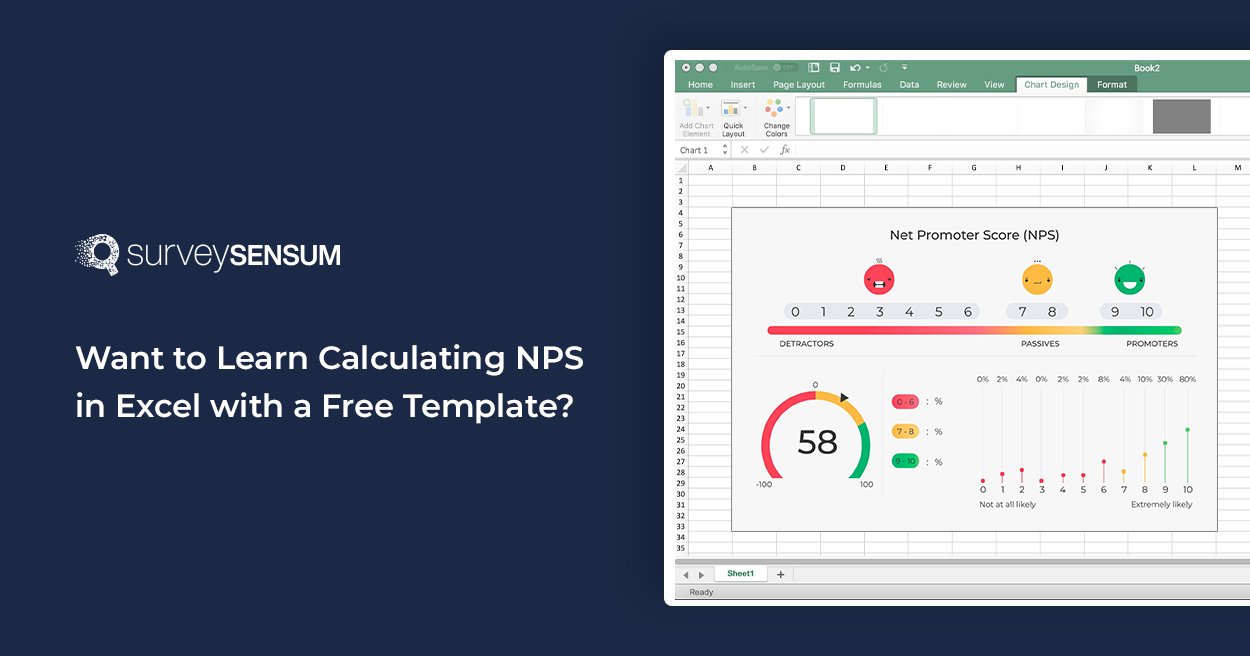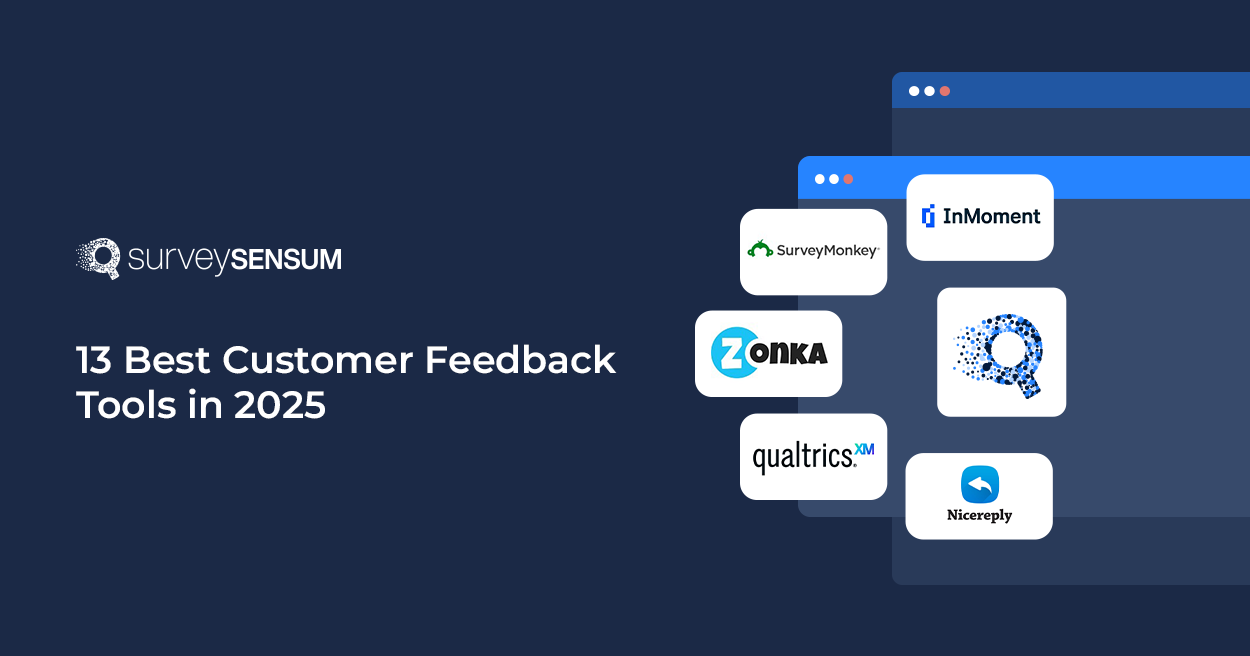
Boost NPS in Automotive by Closing the Feedback Loop
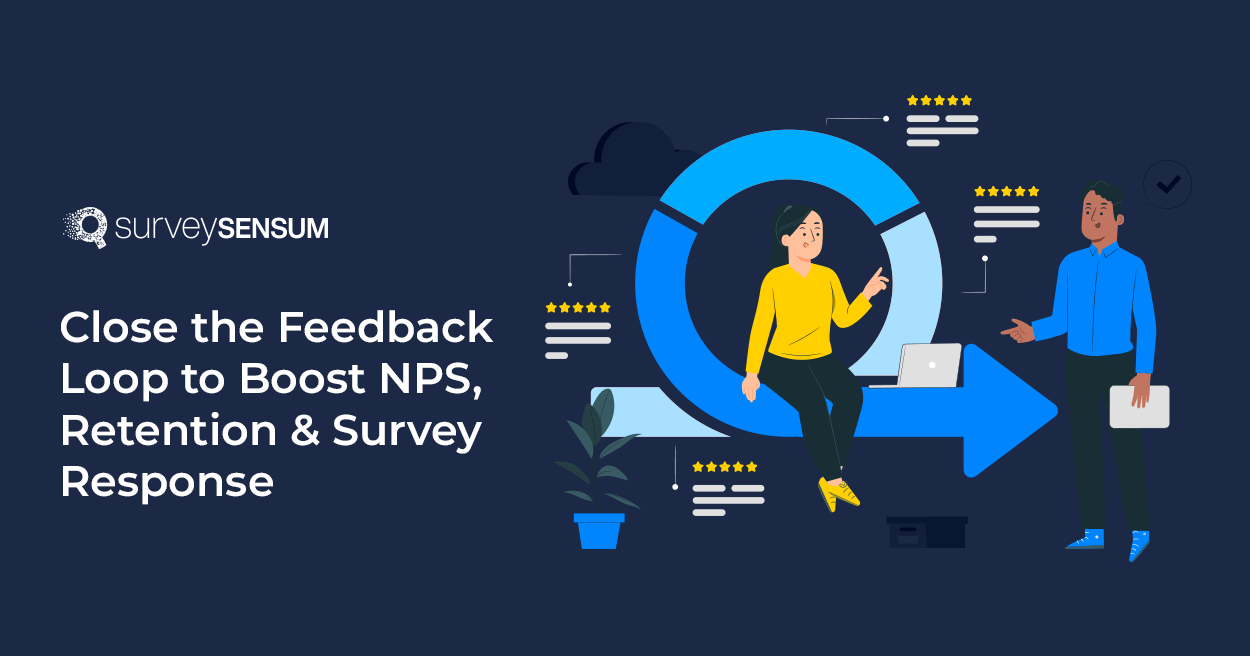
Have you ever launched an NPS or CSAT survey and wondered – ‘What am I going to do with all this data?’
If you did, then this blog is for you and everyone who struggled with
- What to do with this feedback?
- How to analyze it?
- How to make it actionable?
- And how to respond to the customers?
NPS and CSAT are more than just customer satisfaction measuring tools, they serve as instruments to gauge satisfaction, enhance overall customer experience, and foster customer loyalty.
When you look beyond the numbers, it opens up the door to understanding what went wrong and figuring out how to make the customer experience better.
However, a common pitfall in the NPS feedback system is just focusing on the NPS number and failing to act on gathered insights, rendering valuable data unused. Businesses gather all this valuable data but then drop the ball when it comes to actually doing something about it.
But how to rectify it and utilize customer feedback to its true potential? Let’s find out!
The Fix – Close the Feedback Loop
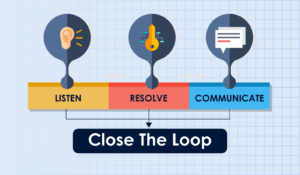
To ensure that after calculating your NPS and CSAT scores survey data doesn’t end up as mere data points on a graph, it is important to establish a robust feedback loop within your organization.
Here’s what I do:
- Step 1: Segment responses. Break down the feedback using different types of NPS by account type, demographics, product usage, or any other relevant factor.
- Step 2: Identify trends. Look for recurring themes or sentiments. Are there common pain points or positive experiences that multiple customers are highlighting?
- Step 3: Address critical issues first that impact a large number of customers.
- Step 4: Share the feedback with relevant teams such as product development, customer support, and marketing.
- Step 5: Define specific, measurable goals based on the feedback. For example, improving response times or enhancing product features.
- Step 6: Start with small, manageable changes that can be implemented quickly.
- Step 7: Inform customers about the changes you’re making based on their feedback. Transparency builds trust and shows that you value their opinions.
- Step 8: Continue to measure NPS and CSAT after implementing changes. Monitor whether the adjustments have the desired impact and adjust your strategy accordingly.
- Step 9: Personally thank customers who provided feedback and update them on the changes you’ve made.
With SurveySensum get detailed analysis with actionable and prioritized data points to close the loop effectively!
Now, let’s talk about it through the case study of one of the automotive clients, I recently worked with, who was facing similar problems.
A Real-Life Example – Automotive Company’s Success Story
The Challenge
A major automotive company was facing the challenge of prioritizing, analyzing, and closing the feedback loop with its customers.
So what did they do?
They partnered with SurveySensum to improve their approach to responding to feedback.
Their goal was not only to analyze survey data more effectively but also to take immediate action to close the feedback loop in real-time, improve NPS, and elevate customer satisfaction.
The Solution – Step-By-Step Process
Across the automotive customer journey, there are multiple important touchpoints where interaction happens and they were sending 11-point NPS surveys for two critical touchpoints:
- Post-vehicle purchase (Sales)
- After-service visit (Workshop)
The questions were centered around these two touchpoints of their dealerships. They were already sending NPS surveys in a timely manner but their challenge was to prioritize feedback, properly analyze it, and follow up with their customers.
Here’s what they did:
Step 1: They Automated the Feedback Process for Immediate Action
With the help of the automotive feedback tool, they segmented the respondents into three categories:
- Promoters (9-10) – for positive feedback
- Detractors (7-8) – for negative feedback
- Passives (0-6) – for neutral feedback
Now, negative feedback needs immediate action, right? This is why they implemented an automated ticketing system for negative feedback.
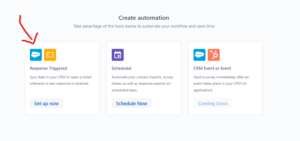
When a detractor comes in, a ticket is created immediately. These tickets were intelligently assigned to the respective dealership manager based on the nature of the feedback, be it the service or sales head.
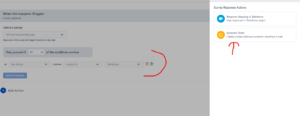
Now the dealership manager reached out to the customer to resolve the issue they faced during the Service of their vehicle.
Also, the admin at SurveySensum can check the status of all tickets that are open in SurveySensum, whereas the dealership manager can only see the tickets assigned to them.
Note: With effective NPS tools like SurveySensum, you can automatically send negative responses through an API, open a support ticket in the respective platform, and even escalate them!
Step 2: They Established SLA and Escalation Protocol
Now, to ensure a timely resolution of these issues, there has to be a deadline set up. So, that is what they did.
They established Service Level Agreements. Dealerships were given 48/72 hours to address and resolve customer concerns. If they failed to meet these deadlines, the tickets were automatically escalated to the Area Manager. This ensured a hierarchical approach to problem resolution.

Step 3: They Enhanced Dealer Engagement and Follow-up
Once the dealership managers receive a notification, they log in through their SurveySensum account to get a comprehensive view of the customer’s score and the specifics of the customer feedback.
This facilitated an informed and personalized follow-up with the customer. Once they follow up, they can change the status of the ticket and put the notes of what they are planning to do.

This is how managers can put notes in the ticket and then change the status to close.
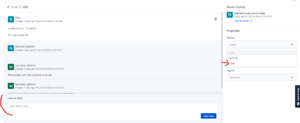
Step 4: They Monitored and Analyzed for Continuous Improvement
A robust monitoring and analysis system was implemented by the client so that the Customer Experience Manager or Dealer Network Development Manager could check the status of all tickets. This provided them with a holistic view of their dealership’s performance.
The Result
Since they have been running the closed-loop feedback process:
- NPS score for dealers participating in the process surged by more than 15 points.
- NPS survey response rates witnessed an impressive 8% increase.
- Customer service retention experienced a notable 7% boost.
Beyond the numerical success, the process profoundly impacted the company’s culture. The systematic and proactive approach to handling feedback cultivated a customer-centric culture. Every employee, from frontline staff to management, became a stakeholder in improving customer experience.
Conclusion
This extended case study underscores the power of a well-structured close feedback loop process to boost the Net Promoter Score in automotive industry automotive industry. The success achieved in improving NPS scores, increasing survey response rates, and enhancing customer service retention validates the potential for similar strategies across diverse sectors.
Frequently Asked Questions
NPS Automotive is a metric used to measure customer loyalty and satisfaction.
- Customer Loyalty: Identifies loyal customers who are likely to recommend the brand, driving new business through referrals.
- Product Improvement: Provides insights into what customers like or dislike about vehicles, guiding product development and innovation.
- Service Quality: Highlights areas of strength and weakness in service departments, helping to improve overall service experience.
- Brand Perception: Reflects the overall perception of the brand, which can influence marketing strategies and brand reputation.
Competitive Benchmarking: Allows comparison with competitors, helping automotive companies identify areas for improvement and develop competitive strategies.
NPS in the manufacturing industry is a metric used to measure customer satisfaction and loyalty among business clients or end consumers.
- Customer Satisfaction: Measures overall satisfaction with products and services, providing a clear indication of customer loyalty.
- Product Quality: Identifies specific aspects of products that customers value or find lacking, helping to guide quality improvements and innovations.
- Service and Support: Provides insights into the effectiveness of customer service and support, highlighting areas for improvement.
- Supply Chain Efficiency: Feedback from business clients can reveal strengths and weaknesses in supply chain management and delivery performance.













